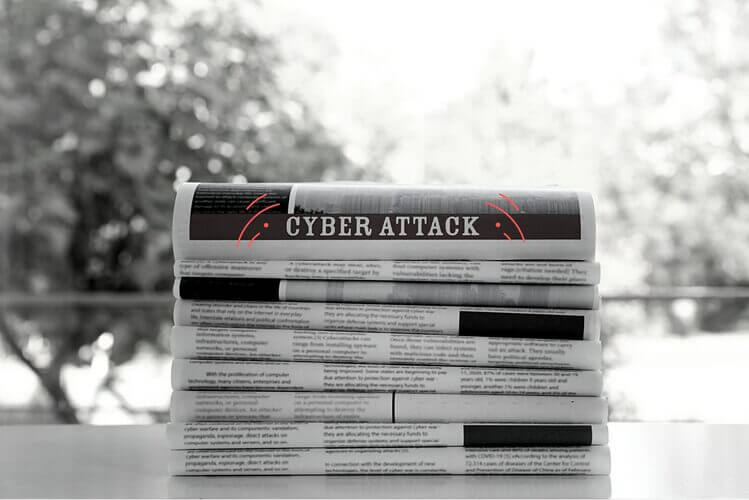How to Prevent Cyberattacks – An SMB Guide
Did you know that more than 43% of cyberattacks target small businesses? Most entrepreneurs don’t recognize this threat – why would someone attack a local online store when they could hack Amazon instead? Well, Amazon, like most large companies, spends a fortune on cybersecurity, whereas a mid-range online store is easier to crack into. Low-level cybercrime is not often prosecuted, so the chances of getting away with it are pretty high.
Most SMBs are not prepared to respond to such incidents and are unaware of tools/ best practices that protect them against common threats. Even if they see the risk, the lack of financial resources, time, technology, or knowledge is a real challenge.
There are things every business out there can do to minimize the risk of being attacked. Here is a short guide to help you protect your brand & online presence (based on the Global Cyber Alliance (GCA)).
Prevention: A Powerful Weapon Against Cyberattacks
Cyberattacks can damage your reputation, credibility, and trustworthiness, which can have a direct impact on your sales & revenue.
Is it naive to think that cybercrime can be prevented? No! In fact, it’s easy to avoid the majority of cyberattacks.
The first step is to know what you have and update your defenses:
- Go Beyond Simple Passwords:
You’ve probably heard this a thousand times, but it’s worth repeating – it all starts with a strong password. The dark web is full of programs and lists of commonly used passwords to hack systems within minutes. One way to secure your data is to enable 2-factor authentication (2FA), where you get a verification code via text or email. - Protect Your Email and Reputation:
Protecting your brand is part of your success. Implementations such as DMARC help to protect your email which in turn means your emails are reaching your cutomers (not landing in the spam folder) and no one can pose as you over email.
- Prevent Phishing and Malware:
Falling victim to malware and phishing attacks can be difficult to survive especially for small businesses. With an infected system, you are likely to lose revenue and data, resulting in expensive recovery costs and reputation damage. Anti-virus programs and ad-blockers should be at the forefront of your defence. - Backup and Recovery:
Ransomware encrypts your data, attackers then demand disproportionately high sums of money in return to recover it. Offline backups and backup operating systems secure your files externally.
The Global Cyber Alliance Toolkit
This was just the tip of the iceberg. GCA has put together a handy detailed Toolkit built especially for SMBs. This explains the risks in simple terms (we admit it’s hard to keep up with everything!) and gives you step-by-step instructions on how to protect yourself and your business against it.
It is available in 5 languages and includes videos and add-on guides.
Systems can be hacked, passwords can be cracked – as long as companies operate in an online space, they will be vulnerable. Don’t let that give you nightmares – with the right defenses, you can significantly reduce the risk of becoming a victim of cyberattacks.
We recommend setting aside a Friday to look through the GCA kit and strengthening your security.
Stay safe!
You May Also Like

